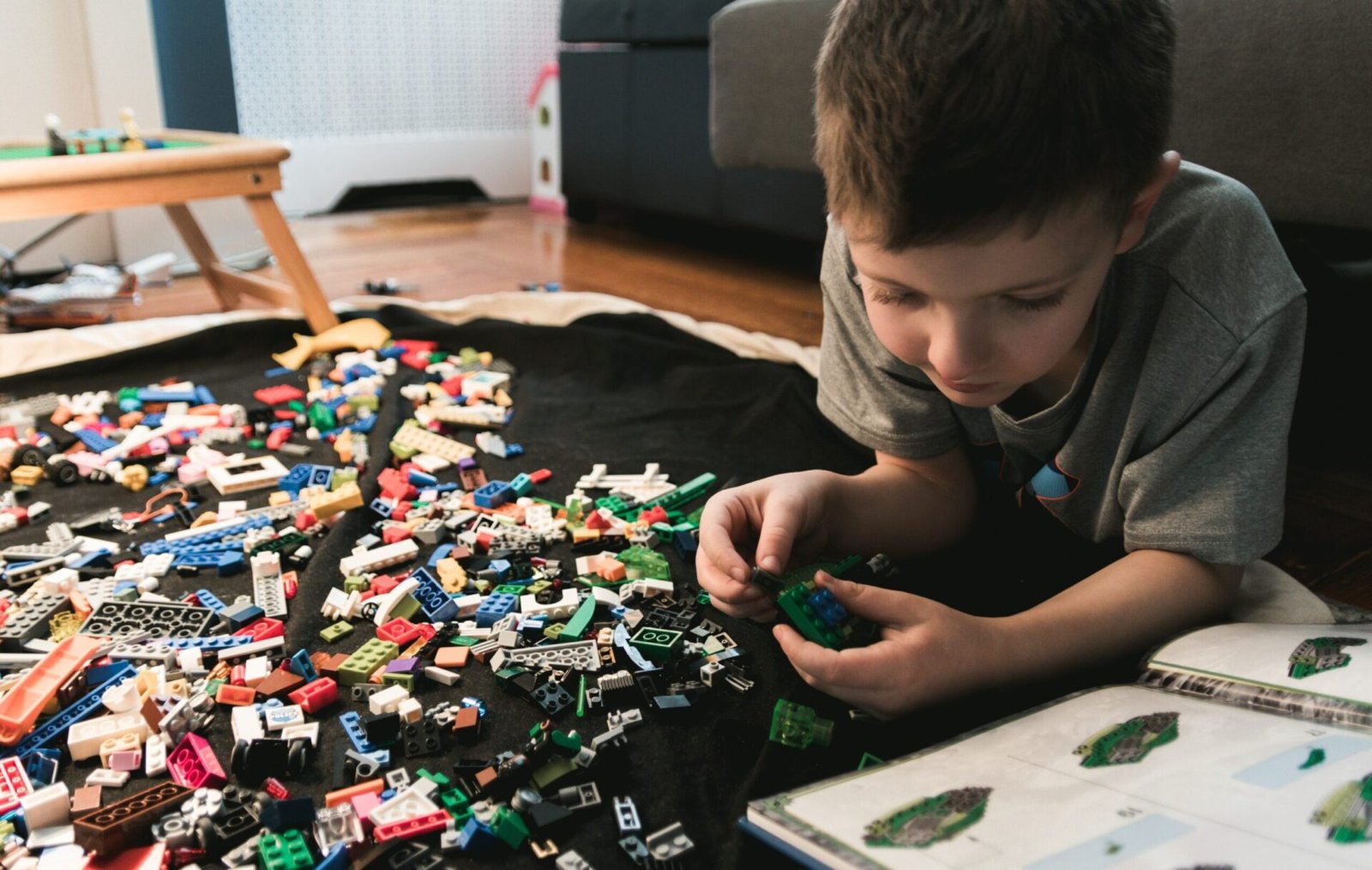Introduction
Education is a powerful tool that has the potential to transform lives. However, traditional one-size-fits-all teaching methods often fail to cater to the diverse needs and abilities of students. This is where differentiation in the classroom comes into play. By tailoring instruction to meet the unique needs of each student, differentiated instruction empowers educators to unlock the full potential of their students, fostering a love for learning and setting them up for success.
“The paradox of education is precisely this – that as one begins to become conscious, one begins to examine the society in which he is being educated.” – James Baldwin
The Essence of Differentiated Instruction
Differentiated instruction is an approach that acknowledges the fact that every student is unique and learns in their own way. It involves adapting teaching methods, content, and assessment to accommodate diverse student needs. Instead of expecting students to conform to a rigid curriculum, educators embrace flexibility and individualize instruction to ensure all students can reach their full potential.
This approach can take various forms, including modifying the pace of instruction, providing different learning materials, using varied teaching strategies, and offering multiple options for assessment. By catering to students’ strengths, interests, and learning styles, educators create an inclusive classroom environment where every student feels valued and supported.
Example of a Differentiated Lesson: Exploring Ancient Civilizations
Let’s consider an example of a differentiated lesson on exploring ancient civilizations. In a traditional classroom, the entire class might be assigned a textbook chapter to read and answer the same set of questions. However, with differentiation, the lesson can be tailored to meet individual student needs.
For visual learners, the teacher might provide a visual timeline of different ancient civilizations, along with related images and videos. Auditory learners can listen to an audio recording of a historical narrative, while kinesthetic learners can engage in a hands-on activity like building a replica of an ancient structure.
Additionally, students can choose to research and present on a civilization of their choice, allowing for personalization and autonomy. By offering various options, this differentiated lesson caters to different learning styles and encourages student engagement and ownership of learning.
The Benefits of Differentiation in the Classroom
Embracing differentiation in the classroom has a multitude of benefits for both educators and students. Firstly, it allows teachers to create a learning environment that celebrates diversity and fosters inclusion. By recognizing and valuing individual differences, educators promote a sense of belonging and empower students to embrace their unique strengths.
Furthermore, differentiated instruction enhances student motivation and engagement. When students feel that their individual needs are being met and their interests are being considered, they are more likely to be actively involved in the learning process. This leads to improved academic performance and a love for lifelong learning.
In Conclusion
Differentiation in the classroom is not just an educational buzzword; it is a powerful tool that helps unlock the potential within each student. By embracing flexibility and personalized instruction, educators can create an inclusive learning environment where every student can thrive. Let us embark on this transformative journey, guided by the words of James Baldwin: “The paradox of education is precisely this – that as one begins to become conscious, one begins to examine the society in which he is being educated.”
Create Your Differentiated Lesson
Use Educator Companion to quickly generate your free X lesson using AI. Include the phrase “differentiated instruction” in your prompt to get an incredible lesson using X. https://educatorcompanion.com


